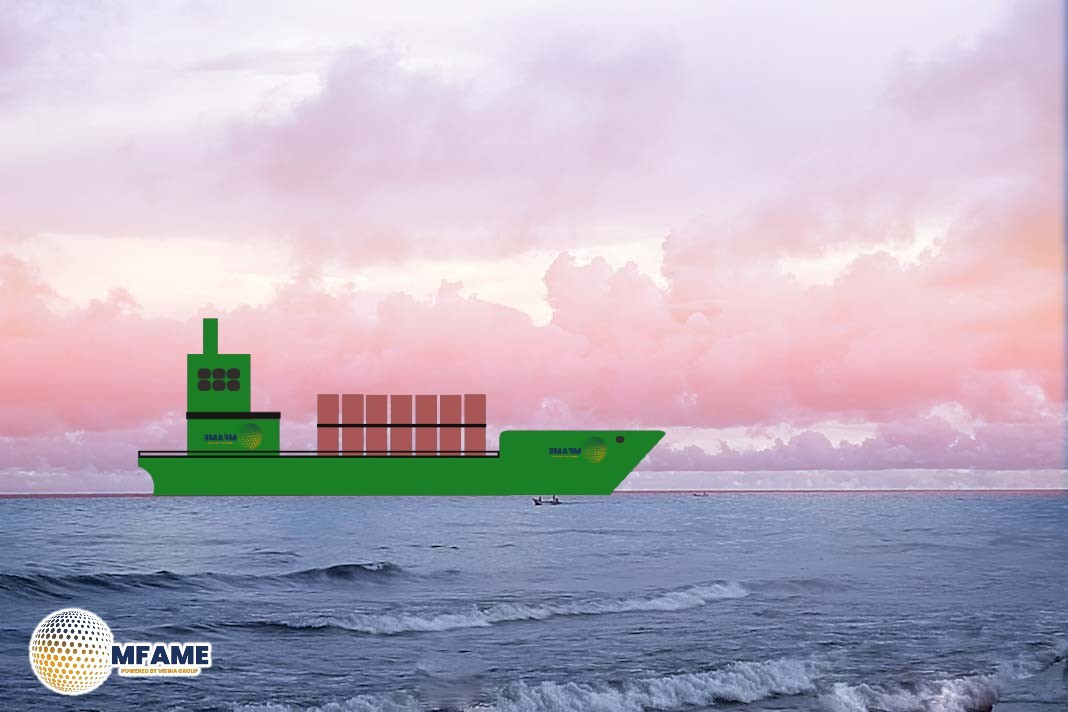- RSIs are common but often overlooked in maritime work.
- RSIs result from repetitive motions and overuse, leading to chronic pain.
- Tasks like lifting, gripping ropes, and computer work can cause RSIs.
Repetitive Strain Injuries (RSIs) are musculoskeletal conditions that cause injury to tendons, muscles, nerves, and joints because of overuse or repetitive strain. RSIs usually develop gradually from repeated movements, poor posture, or forceful actions. Within the shipping industry, activities like heavy lifting, grasping and twisting ropes, operating engines, or prolonged computer use can all lead to RSI. Symptoms can include recurring pain or discomfort, stiffness in joints, numbness or tingling, and swelling or decreased mobility. If left unaddressed, these symptoms can develop into chronic conditions like tendinitis, carpal tunnel syndrome, bursitis, or herniated discs, which can drastically impact work efficiency and quality of life, reports Safety4Sea.
Causes of RSI in Maritime Work Environments
Recurring movements, for example, repetitive handling of ropes, vessel control operation, or keyboard typing, are a main cause of RSI. Uncomfortable positions, such as working in cramped spaces or holding static positions on the bridge or in the engine room, can add to strain. Lifting and straining from the movement of cargo or hauling on ropes are also major risk factors. Prolonged exposure to vibration from power equipment or ship engines is a cause of RSI, as is exposure to cold that raises muscle tension and lowers blood flow.
Best Prevention and Mitigation Practices
Accurate workplace ergonomics and prevention are required to prevent RSIs. Individualized ergonomic workstations are important, whether on land or aboard ships. Anti-fatigue matting, comfort seating, and properly maintained equipment can assist in reducing strain. Task rotation must be used to prevent sustained strain on the same muscle groups, and scheduled breaks must permit muscles to rest. Improved lifting methods, mechanical assistance, and training can decrease the risk of injury. Strengthening and stretching exercises at the beginning and end of shifts can increase endurance, and awareness training can teach employees how to identify and respond to warning signs.
Treatment Options for RSI
Early intervention is crucial if RSI symptoms arise. The R.I.C.E. method, recommended by Cleveland Clinic, involves resting to reduce strain, icing to reduce inflammation, Compression to minimize swelling, and Elevation to promote circulation. Severe cases may require physical therapy, ergonomic adjustments, medication, or even surgery. Cleveland Clinic emphasizes the importance of listening to your body: “Repetitive strain injuries take time to damage your body, but they can cause serious pain. Make sure you’re listening to your body. If something hurts that normally doesn’t, don’t ignore it. Pain and other minor symptoms are often the first signs of tiny irritation that can lead to more serious repetitive strain injuries later on.”
Did you subscribe to our daily Newsletter?
It’s Free Click here to Subscribe!
Source: Safety4Sea
















